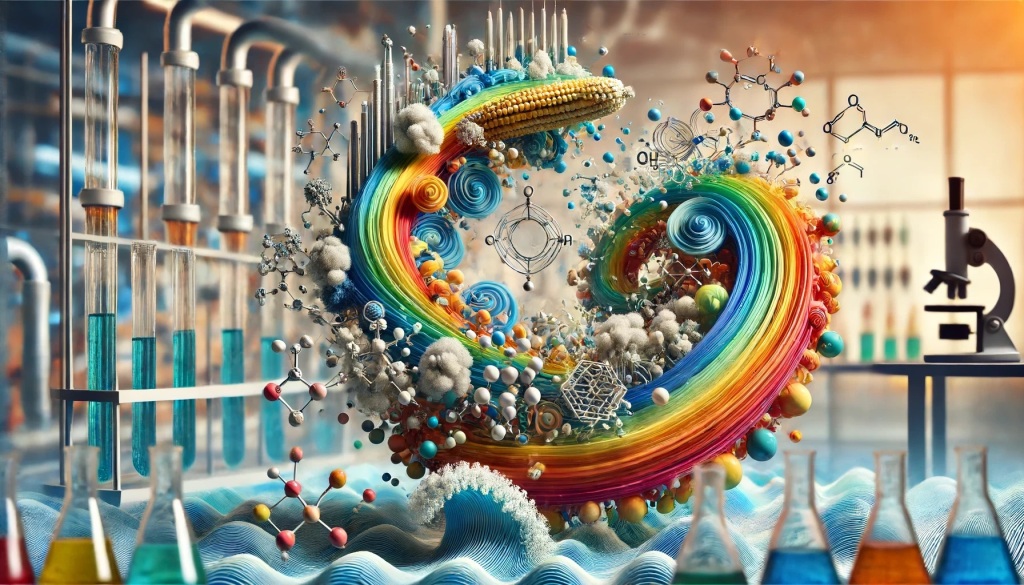Verma & Sharma (2024) Repurposing Discarded Electric Geyser Scaling Waste for Biochar Modification and Insights into Removal of Nitrate and Fluoride from Drinking Water. Advanced Sustainable Systems. https://doi.org/10.1002/adsu.202400236
ABSTRACT
This research explores the potential of use of waste scaling deposition from electric geysers (EGWS) to synthesize calcium oxide and address fluoride and nitrate contamination in water. The study adopts a circular economy framework by utilizing the synthesized calcium oxide to modify corn cob biochar through ball-milling, creating a cost-effective and environmentally sustainable adsorbent. The adsorbent is characterized and pHpzc analysis of CaO@CBC indicates sustained high adsorption capacities for nitrate and fluoride across a broad pH range (2–11). The adsorption kinetics follow a pseudo-second-order model, indicating chemisorption mechanisms. The Langmuir isotherm model fits well, showing high maximum adsorption capacities of 18.36 mg g−1 for fluoride and 19.27 mg g−1 for nitrate, surpassing those reported for other materials. Thermodynamic studies indicate that the uptake reactions of fluoride and nitrate are spontaneous and exothermic. Results from pH studies, XPS analysis, and FTIR offer insights into the adsorption mechanism by suggesting electrostatic attraction, inner-sphere complexation, and ion exchange. The research establishes the efficacy of CaO-impregnated biochar derived from electric geyser waste in removing fluoride and nitrate, offering a sustainable solution for water pollution. This work breakthroughs the development of efficient and eco-friendly adsorbents for water treatment, aligning with the principles of a circular economy.






Leave a comment